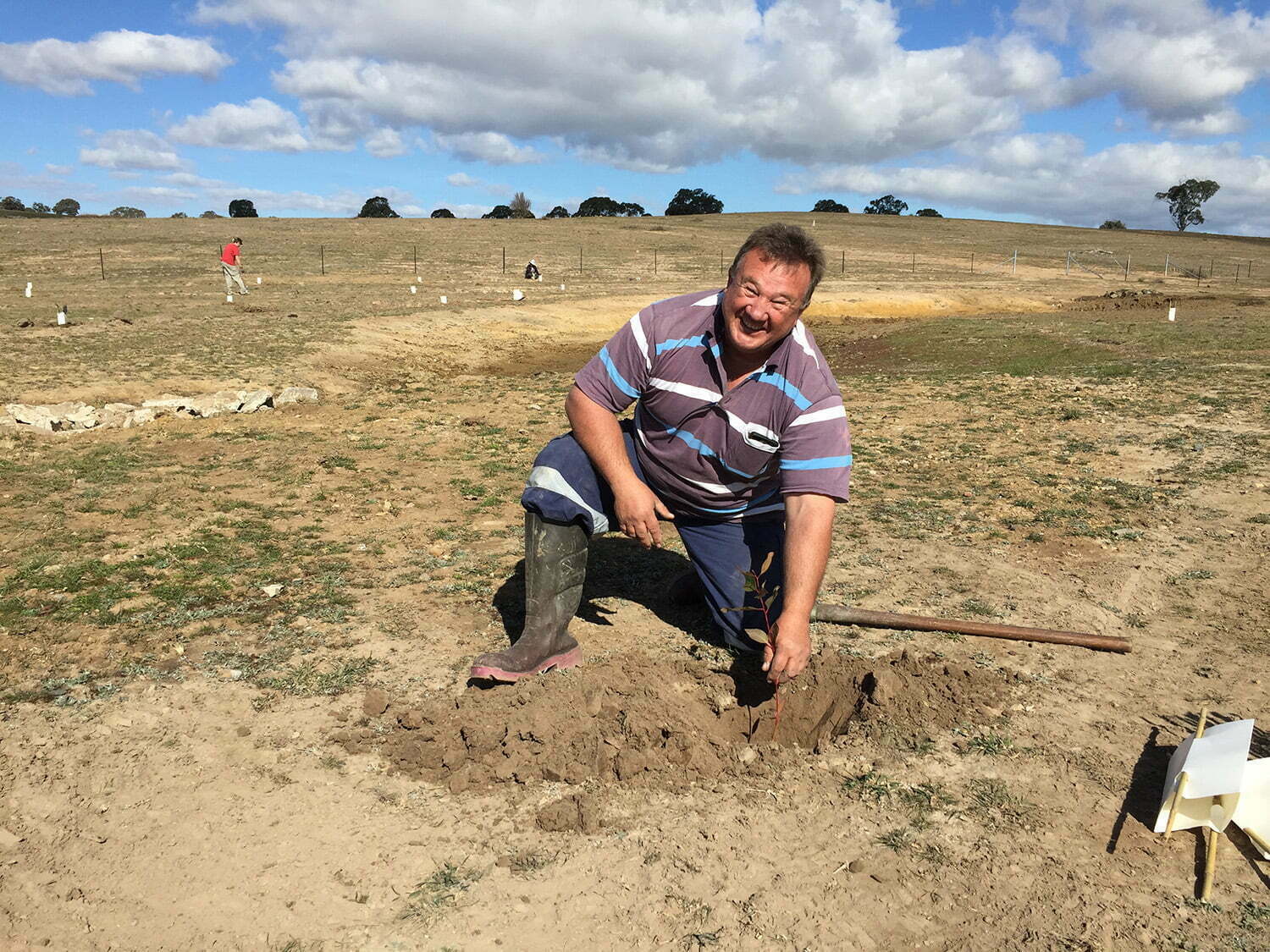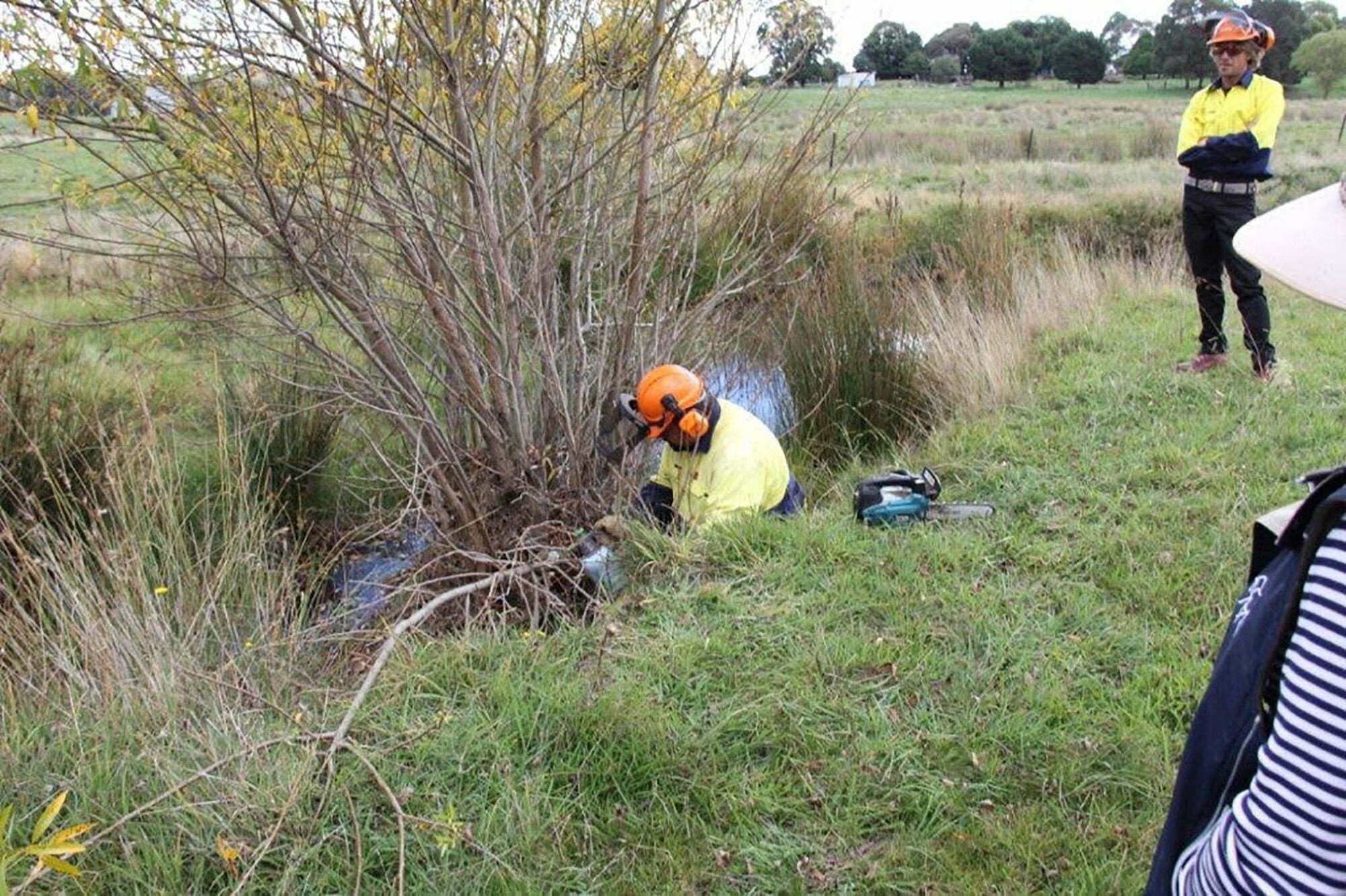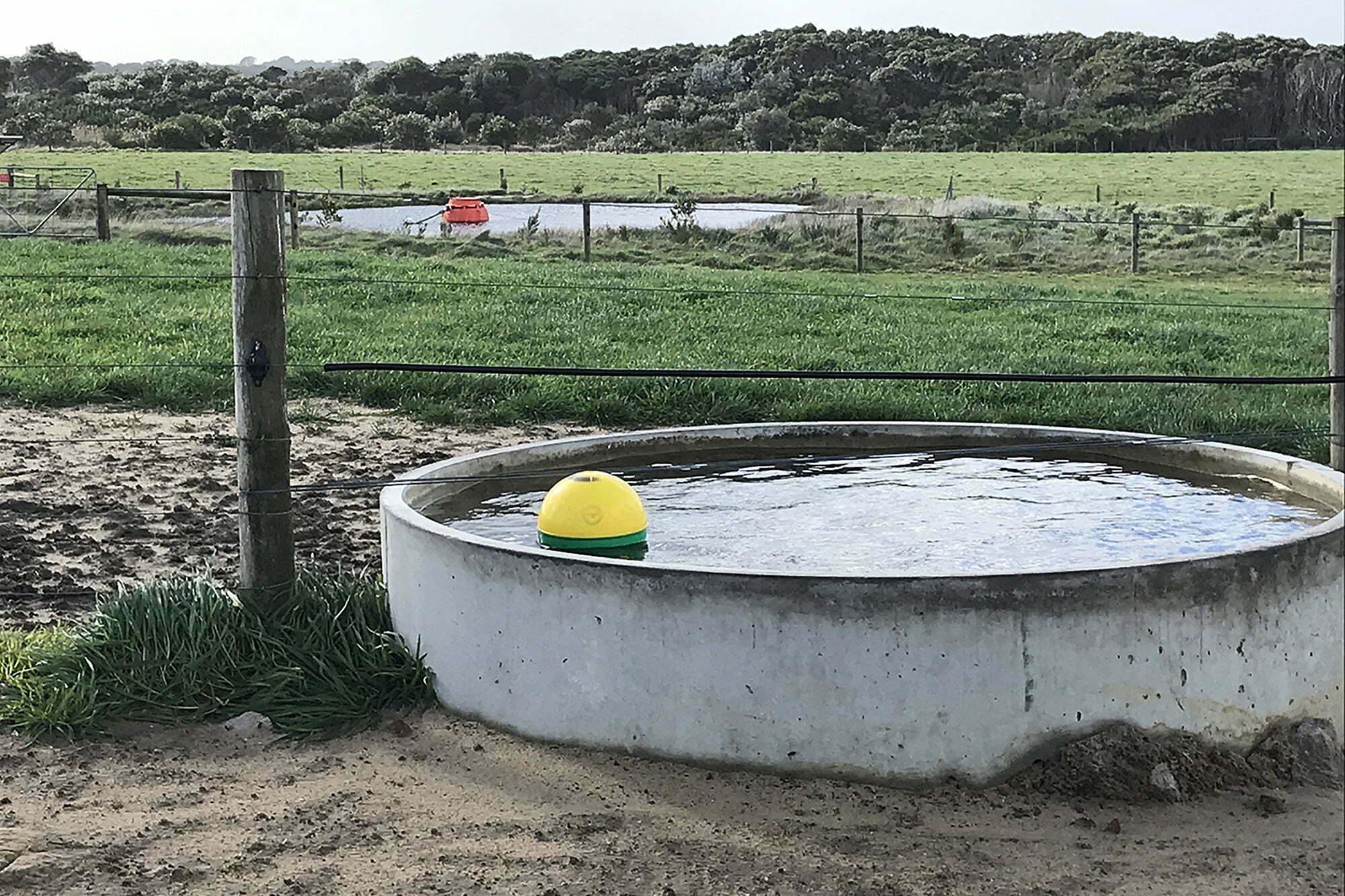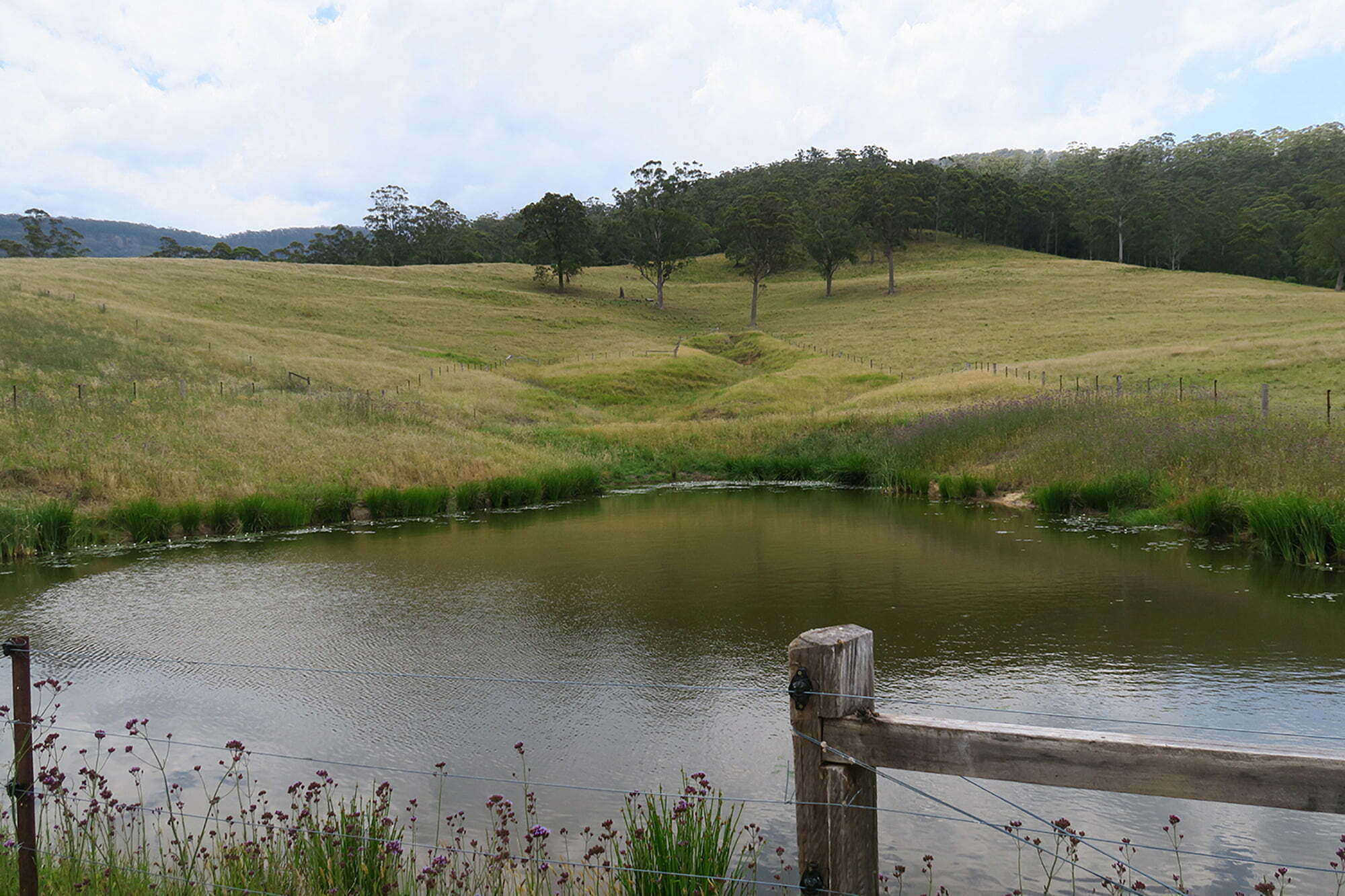Handy guide:
Tax deductions for Landcare, riparian and similar expenses for primary producers
Our friend Lisette Mill from the Basalt to Bay Landcare Group put together this information about what expenses you may, as a primary producer, be able to claim in your tax. Lisette shared this information with the Australian Taxation Office, and we have copied and pasted it again here to make it easy to find. It explains your entitlement to claim income tax deductions for capital costs you incur on landcare, riparian and similar operations.

This publication provides you with the following level of protection:
If you follow the information in this publication and it turns out to be incorrect, or it is misleading and you make a mistake as a result, the Australian Taxation Office (ATO) must still apply the law correctly. If that means you owe the ATO money, the ATO will ask you to pay it but will not charge you a penalty. Also, if you acted reasonably and in good faith the ATO will not charge you interest.
If you make an honest mistake in trying to follow our information in this publication and you owe the ATO money as a result, you will not be charged a penalty. However, the ATO will ask you to pay the money, and may also charge you interest. If correcting the mistake means the ATO owe you money, the ATO will pay it to you. The ATO will also pay you any interest you are entitled to.
If you feel that this publication does not fully cover your circumstances, or you are unsure how it applies to you, you can seek further assistance from the ATO here.
This publication was current as at May 2018.
Can you claim a tax deduction? What you need to know…
This information only applies if you are a primary production business on land in Australia. If you are, for example. a hobby farmer, you generally cannot claim for the expenses described on this page.
Capital costs or revenue costs
This page concerns special deductions that are available for various capital costs. Capital costs are costs that provide a lasting benefit and are otherwise not usually deductible. If your expenses are revenue expenses (that is, normal business operating expenses), these expenses are deductible anyway under the normal deduction provisions.
For example, if you spend money on clearing bushland and exterminating pests and weeds so that you can use the land to grow crops, it is a capital expense (because it will provide the lasting benefit of enabling you to use the land to grow crops). Once you are using the land to grow crops, subsequent expenses on pest and weed control are revenue expenses because they are normal business operating expenses.
The table below summarises your entitlement to various landcare related deductions.
| Revenue expenses (for example: repairs, maintenance, recurring business expenses) | Capital expenses (for example: one-off or initial expenditure, cost of business assets) | |
| Riparian expenses | ||
| site preparation costs including initial weed and pest eradication | add to CGT cost base | |
| willow removal | add to CGT cost base | |
| ongoing weed and pest control | deductible | |
| revegetation activities | add to CGT cost base | |
| reticulation systems for revegetation activities | deductible | deductible |
| construction costs of tracks and bridges across natural waterways | depreciate based on effective life | |
| fences | deductible | deductible |
| off point water supply installations | deductible | deductible |
| culverts | deductible | deductible |
| consultant advice costs | add to CGT cost base | |
| Landcare expenses | ||
| Revegetation (to combat land degradation to productive farm land) | deductible | |
| reticulation systems for revegetation activities | deductible | deductible |
| weed/pest control | deductible | deductible |
| fences | deductible | deductible |
| drainage works and levee construction | deductible | |
| incidental structural improvements to a levee or drainage works (such as a bridge over drainage works) | deductible | |
Landcare operations
You can claim an immediate deduction for capital expenses you incur on a landcare operation on your primary production land. This concession is directed at productive farm land.
A landcare operation is an operation you conduct mainly for the purpose of:
- eradicating or exterminating animal pests from the land.
- eradicating, exterminating or destroying plant growth detrimental to the land.
- preventing or combating land degradation.
The following are also landcare operations:
- constructing drainage works mainly for the purpose of controlling salinity or assisting in drainage control.
- constructing a levee or similar improvement.
- constructing a structural improvement that is reasonably incidental to a levee or drainage works (such as a bridge over drainage works).
- alterations, extensions or capital repairs to the above.

Riparian management works
Riparian management works refers to works to stabilise and protect the banks and land adjacent to creeks, streams and other waterways. These works can include fencing, revegetation, off stream stock watering and weed/pest management.
The purpose of the landcare provisions is to assist with the conservation and long-term sustainable use of arable or grazing farmland. The provisions are not directed at the conservation of natural water resources.
This means you generally cannot claim the capital costs of riparian management works as a landcare operation unless the main purpose of the works is for the protection or preservation of arable or grazing farmland (rather than a main purpose of protecting or preserving the waterway). This ‘purpose test’ looks at the results produced from the expenditure, not your motives in incurring it. You should write to us for more detailed advice if you think this applies to your circumstances.
But you can always claim if the riparian expenses are for water facilities or permanent fencing. You can also claim if the riparian expenses are revenue expenses (for example, maintenance expenses after initial capital expenses have been incurred).

Water facilities
You can claim an immediate deduction for the cost of all water facilities you use in your primary production business, including for the purposes of a landcare operation or riparian management works.
A water facility is:
- plant or a structural improvement that is mainly for the purpose of conserving or conveying water (for example, dams, tanks, bores or reticulation components)
- a structural improvement that is reasonably incidental to conserving or conveying water (for example, a culvert or a bridge over an irrigation channel)
- alterations, extensions or capital repairs to the above.

Fencing
You can claim an immediate deduction for the cost of all permanent fencing you install on land you use in a primary production business, including for the purposes of a landcare operation or riparian management works.
What you can claim
Weed control
You can claim the following expenses in relation to your arable or grazing farmland:
- capital expenses in eradicating woody weed or other detrimental plant growth from your primary production land
- related costs such as pest control and ripping/crushing/filling of rabbit warrens and fox dens
- the cost of fencing to keep animals out of land you are trying to rehabilitate
- the cost of reticulation systems related to revegetation activities.

You can only claim other revegetation expenses (such as plants and planting costs) if the revegetation is mainly for the purpose of preventing or combating land degradation to arable or grazing land. Land degradation includes soil erosion, salination, decline of soil fertility or structure and degradation of vegetation.
Otherwise, you can add revegetation expenses to the cost base of the land for CGT purposes (this will reduce your capital gain if you sell the land).
Riparian management works
You can claim the cost of:
- fencing to keep livestock out of creeks or other waterways that run through your farmland
- off point water supply installations, including pumps, pipes and other components to get water into a trough from a waterway
- reticulation systems for riparian revegetation activities
- culverts.
You can claim a decline in value (depreciation) deduction for the cost of tracks and bridges across natural waterways based on their effective life (unlike the costs of bridges over drainage works and irrigation channels mentioned earlier which are immediately deductible).
You generally cannot claim a deduction for the following capital costs in relation to riparian management works – but you can add them to the cost base of the land for CGT purposes (this will reduce your capital gain if you sell the land):
- site preparation costs including initial weed and pest eradication and willow removal
- plants, planting and replanting costs
- consultant advice costs.
For more information:
- Landcare operations
- Information for Primary Producers: NAT 1712
- For a callback from an ATO officer, email TaxAdvice@ato.gov.au
- If you wish to discuss your circumstances, call the ATO on 13 28 66